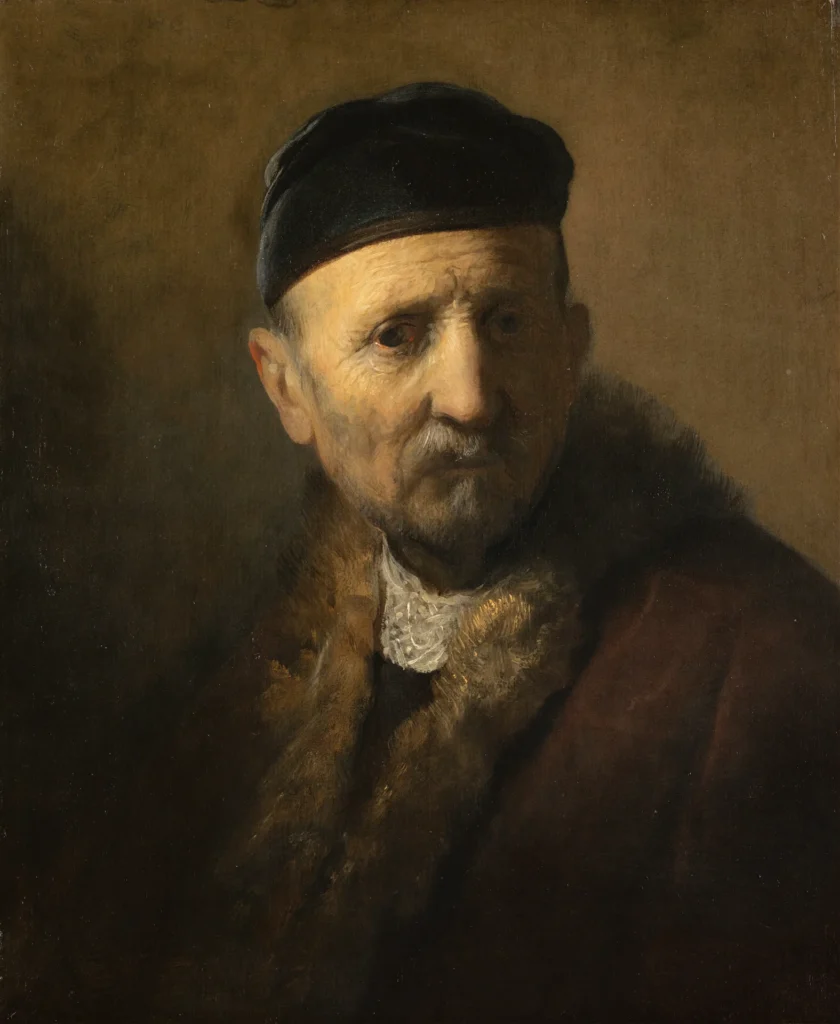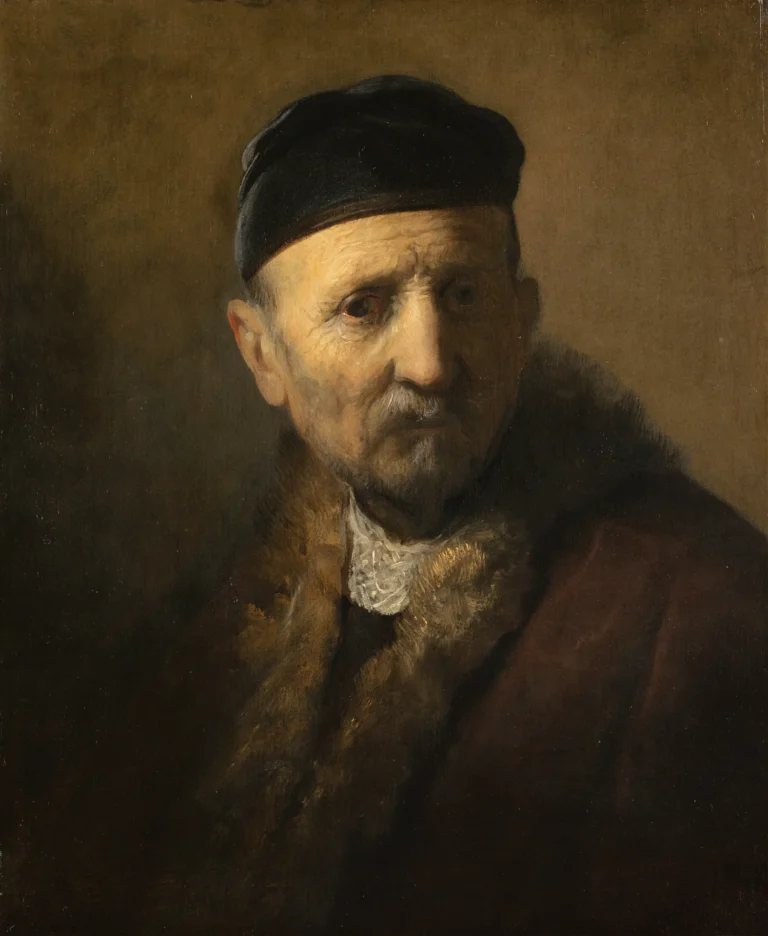Tronie of an old man(1630)
The Tronie of an old man, created around 1630-1631, is a remarkable study of an elderly man's character, showcasing Rembrandt's early artistic style. The work is characterized by its thick, unblended brushstrokes depicting intricate wrinkles and a detailed portrayal of the subject's emotions and inner life. Use of dramatic lighting enhances the spiritual aura of the old man, highlighting the deep wisdom and piety etched into his features. While the painting is often attributed to Rembrandt, the certainty of this attribution remains a topic of ongoing research.
Year 1630-1631
About the Artwork
The Tronie of an old man captures a fleeting moment of introspection and wisdom, embodying the spirit of Rembrandt's explorations into the human psyche. Painted during the height of the Dutch Golden Age, this work not only reflects the artist's exceptional technique but also illustrates the societal value placed on character studies during this time. Tronies served as an expression of individuality and emotion, allowing artists to experiment beyond conventional portraiture. While the true attribution to Rembrandt is debated, the painting remains a fascinating examination of humanity's aging process and the experiences that shape a life.
Did You Know
A ‘tronie’ refers to a genre in Dutch art that focuses on the study of facial expressions and emotional states rather than identifiable portraits. These studies became particularly significant during the Dutch Golden Age as artists sought to experiment with character portrayal.
Rembrandt is renowned for his innovative use of chiaroscuro, where light and shadow are used to enhance the emotional and psychological depth of a subject. This technique can be seen prominently in the Tronie of an old man, where the light from above casts a divine quality on the subject.
The attribution of the Tronie of an old man to Rembrandt is debated among art historians. This uncertainty reflects ongoing efforts to study and understand Rembrandt’s extensive body of work, posing questions about authorship and collaboration in artist workshops during the 17th century.










